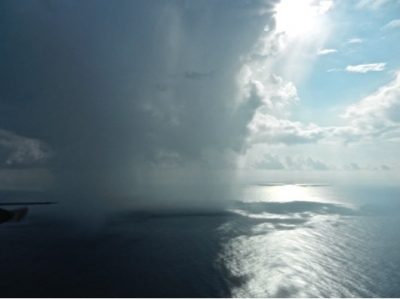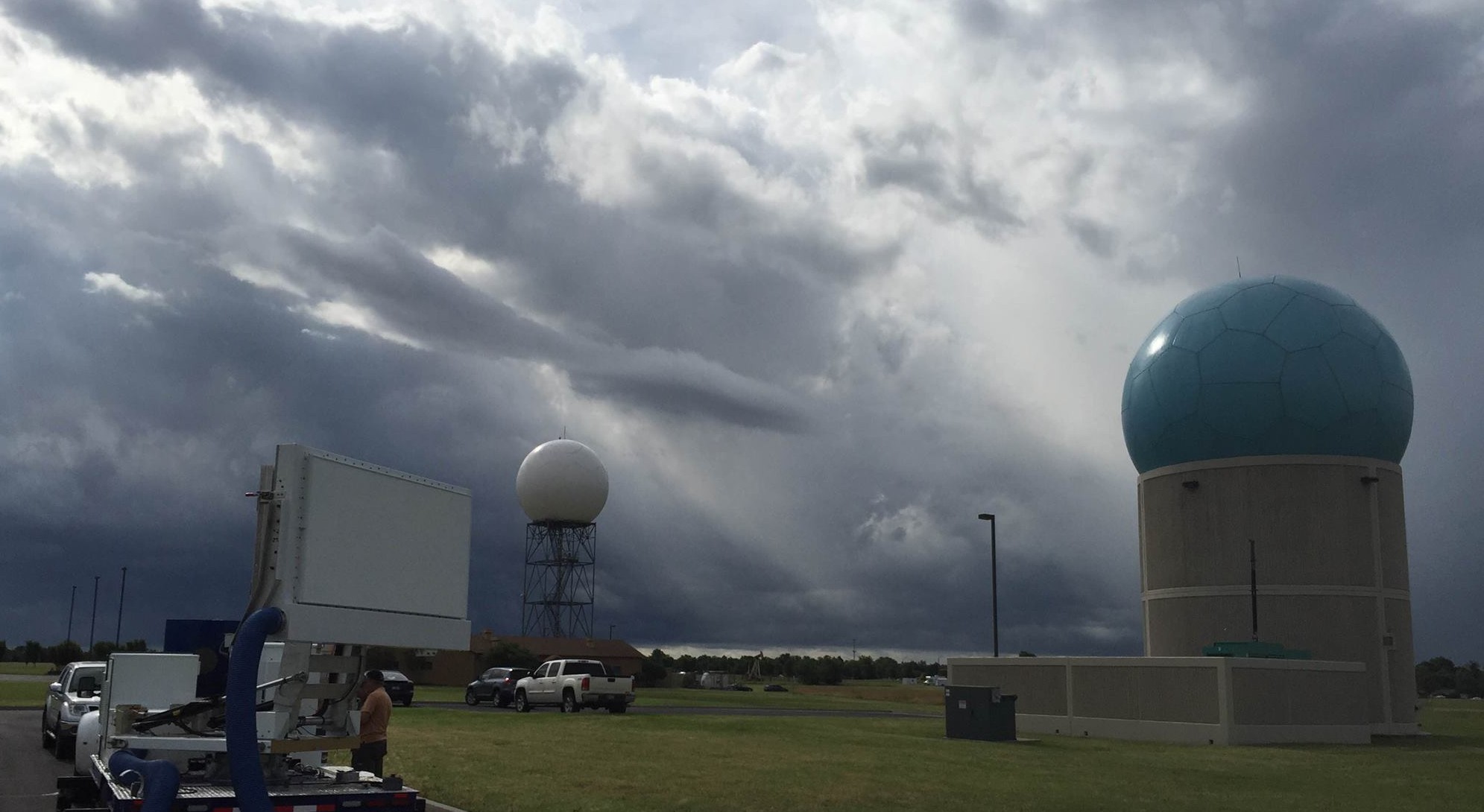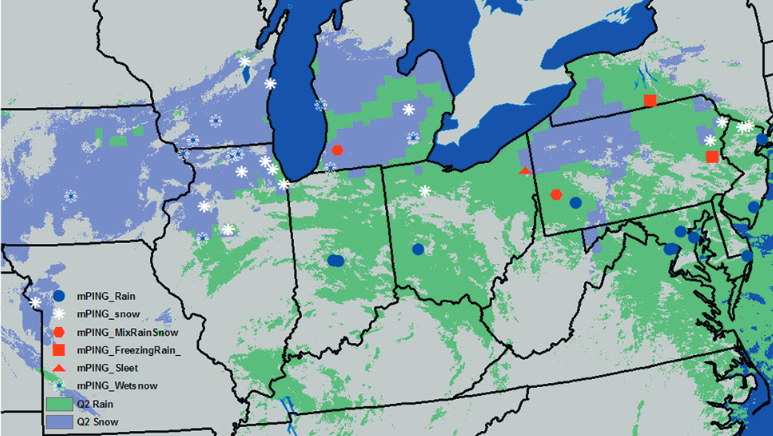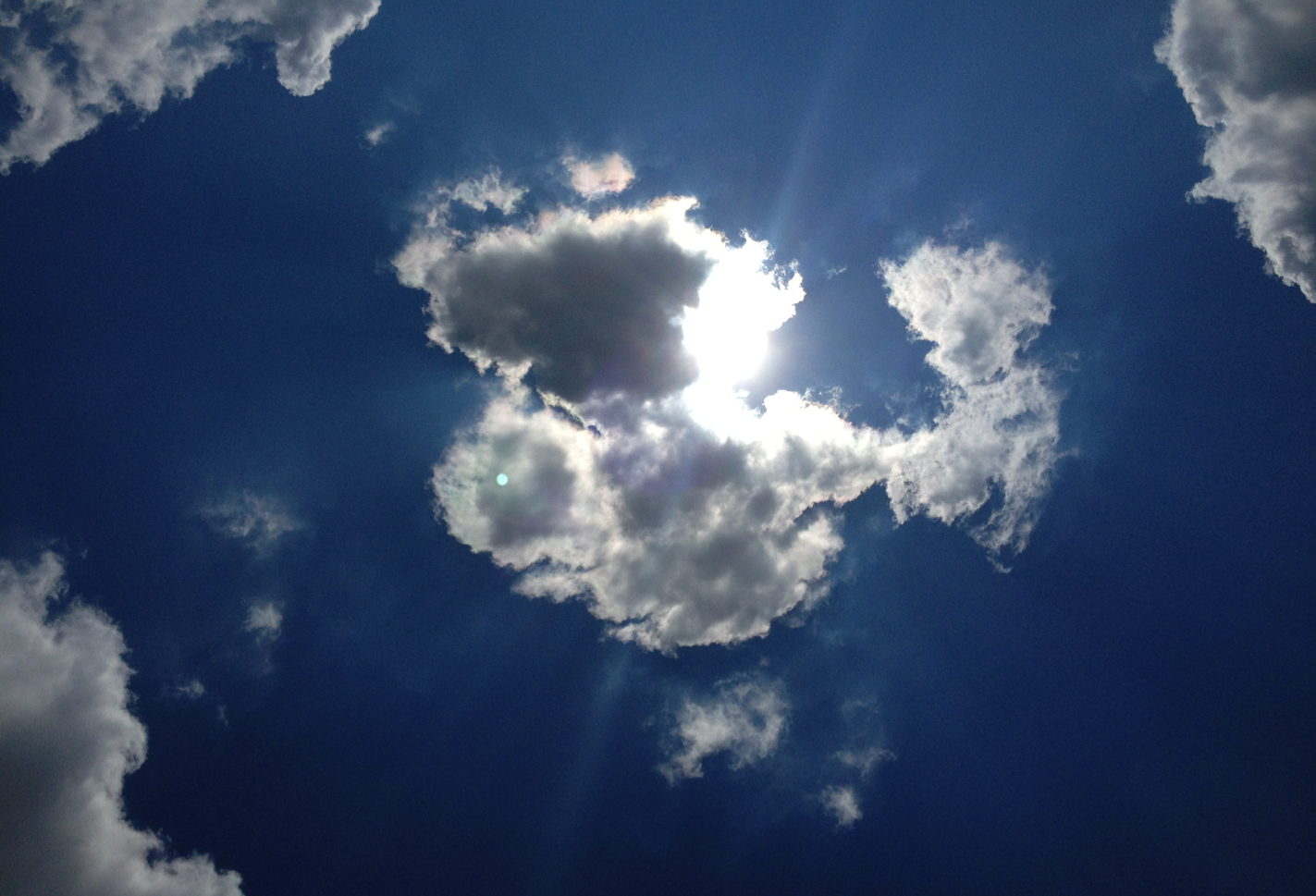
Aircraft Observations of Dry Air, the ITCZ, Convective Cloud Systems, and Cold Pools in MJO During DYNAMO
Authors: Chen, S., B. W. Kerns, N. Guy, D. P. Jorgensen, J. Delanoe, N. Viltard, C. Zappa, F. Judt, C. Y. Lee, A. Savarin, E. Fontaine
Journal: Bulletin of the American Meteorological Society
Publication Date: In Print 3/2016
Significance:
These airborne measurements from the NOAA P-3 aircraft provide valuable new insights into the distinct characteristics of convection, cold pools, water vapor, and air–sea fluxes from the suppressed to active phases of Maddan/Jullian Oscillation (MJO) in the Indian Ocean.
Important Conclusions:
• Dry air intrusions from the subtropics may suppress convection in the equatorial Indian Ocean, which is favorable for the onset of the convection during MJO initiation.
• Distinct characteristics were found in the convective structure and microphysical properties of Mesoscale weather systems during the suppressed, transition/ onset, and active phases of the MJO.
• Convective cold pools are deeper and stronger in convective systems surrounded by the low–midlevel dry air in the suppressed phase, which prolong the atmosphere boundary layer recovery time.
• The atmospheric boundary layer depth and upper ocean temperature are higher during the suppressed phase than during the active phase, and the air–sea temperature difference and sensible fluxes are larger during the suppressed phase of the MJO.



